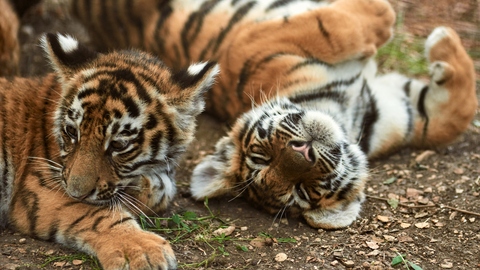Indigenous peoples have deep ancestral ties to their lands, and they maintain their cultural, social, and economic characteristics from their ancestors. Despite comprising only 6% of the world's population, Indigenous communities manage around 20-25% of the world's lands and safeguard approximately 80% of global biodiversity. Their traditional knowledge, passed down through generations, plays a vital role in protecting wild animals and their habitats.
Indigenous conservation methods differ from Western approaches by viewing humans as an integral part of nature. Traditional Ecological Knowledge, accumulated over thousands of years, provides a holistic understanding of ecosystems. Indigenous beliefs and practices, such as protecting sacred areas and taboo animals, contribute to wildlife preservation. They also employ practices like controlled burning, ecological restoration, and diverse agriculture to manage their lands effectively.
Indigenous communities worldwide, especially in biodiversity hotspots like Latin America, Asia, and Africa, actively protect natural ecosystems. Their territories experience lower deforestation rates compared to other areas. This benefits various species, including large carnivores like jaguars and primates, whose habitats overlap with Indigenous lands.
In addition to their indirect conservation efforts, Indigenous communities are directly involved in conservation initiatives. They operate rhino sanctuaries, protect tigers from poaching, and safeguard critically endangered bird species. They also play a crucial role in protecting ocean species, such as coral reefs and marine animals, through cultural taboos.
However, many protected areas were created by displacing Indigenous groups, leading to human rights violations and conservation refugees. As the global population grows, there's increasing demand for land and resources, posing threats to both Indigenous communities and wildlife. Recognizing the importance of Indigenous-led conservation and returning ancestral lands to Indigenous groups is crucial for protecting biodiversity.

Incorporating Indigenous perspectives is essential for meeting biodiversity conservation goals. Indigenous communities possess vital historical knowledge of ecosystems, making them valuable partners in wildlife protection. As animal advocates, supporting and amplifying the voices of Indigenous communities is integral to safeguarding the world's wild animals and the environment.




